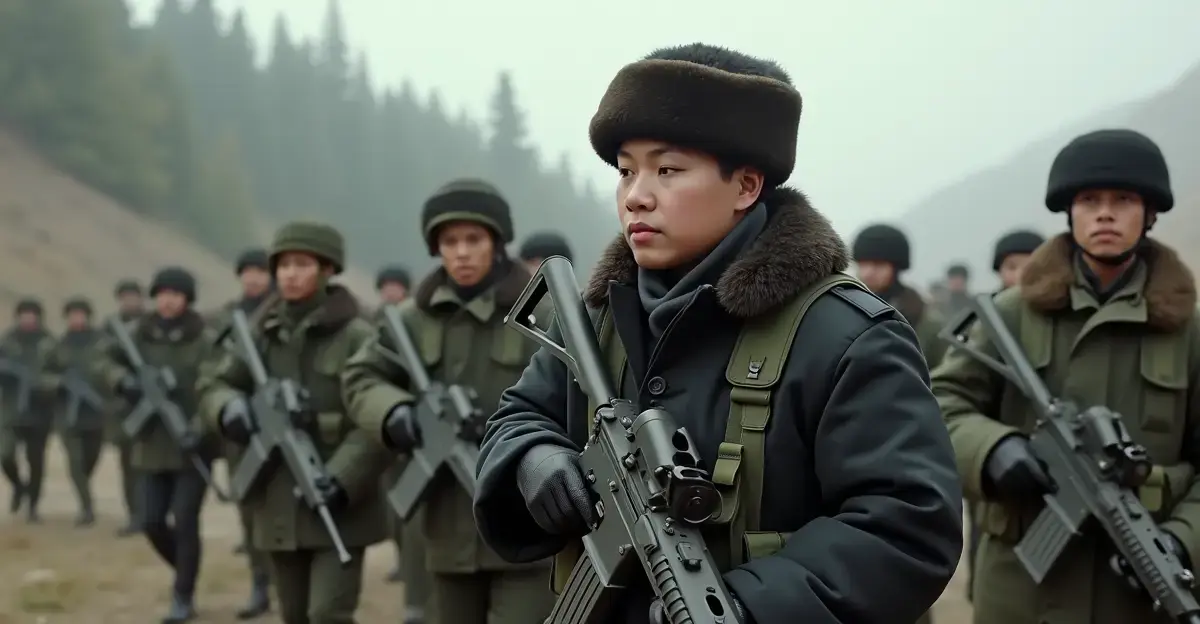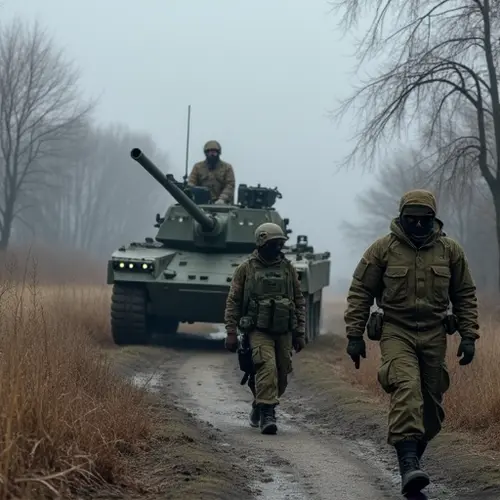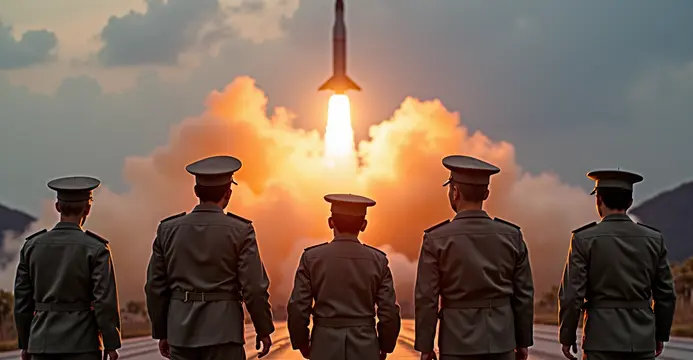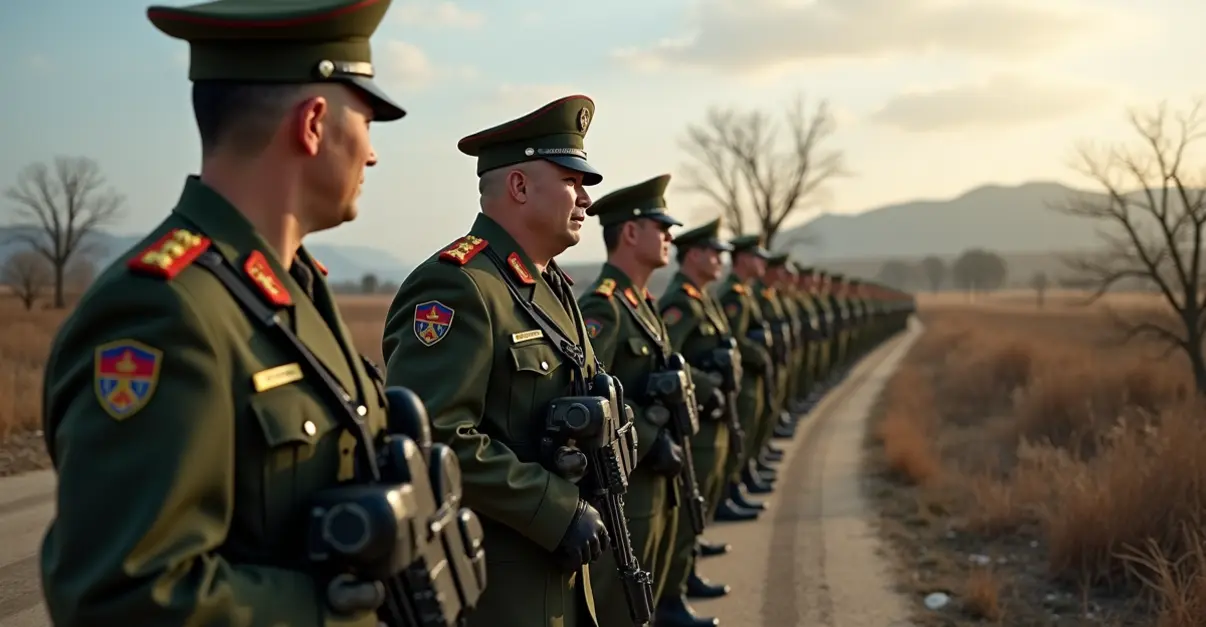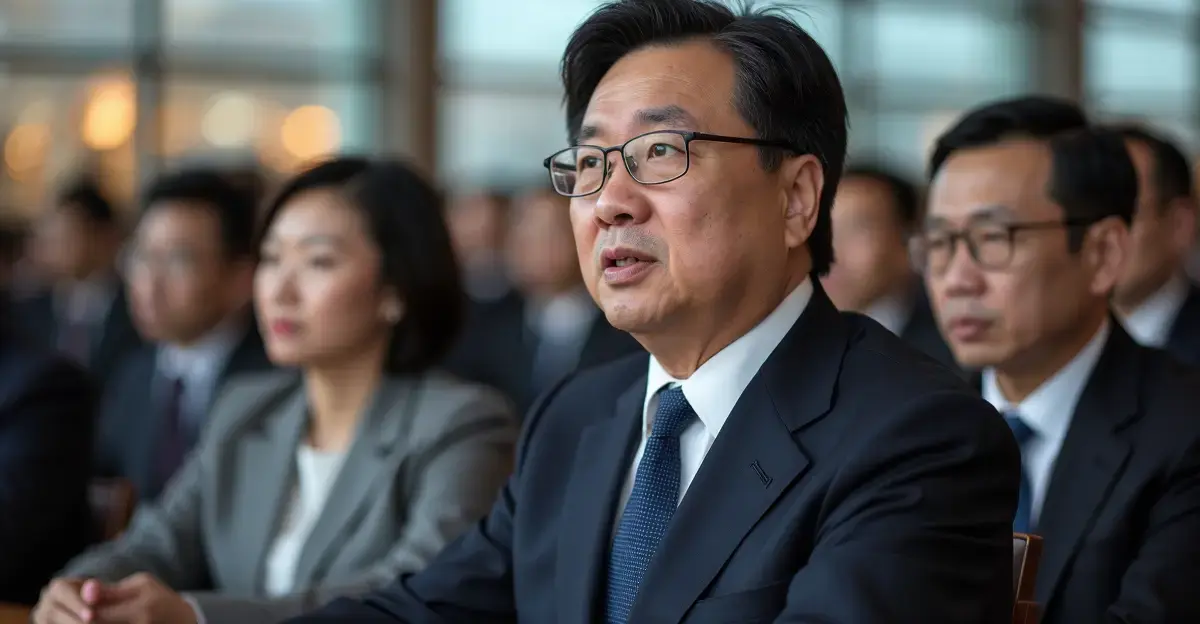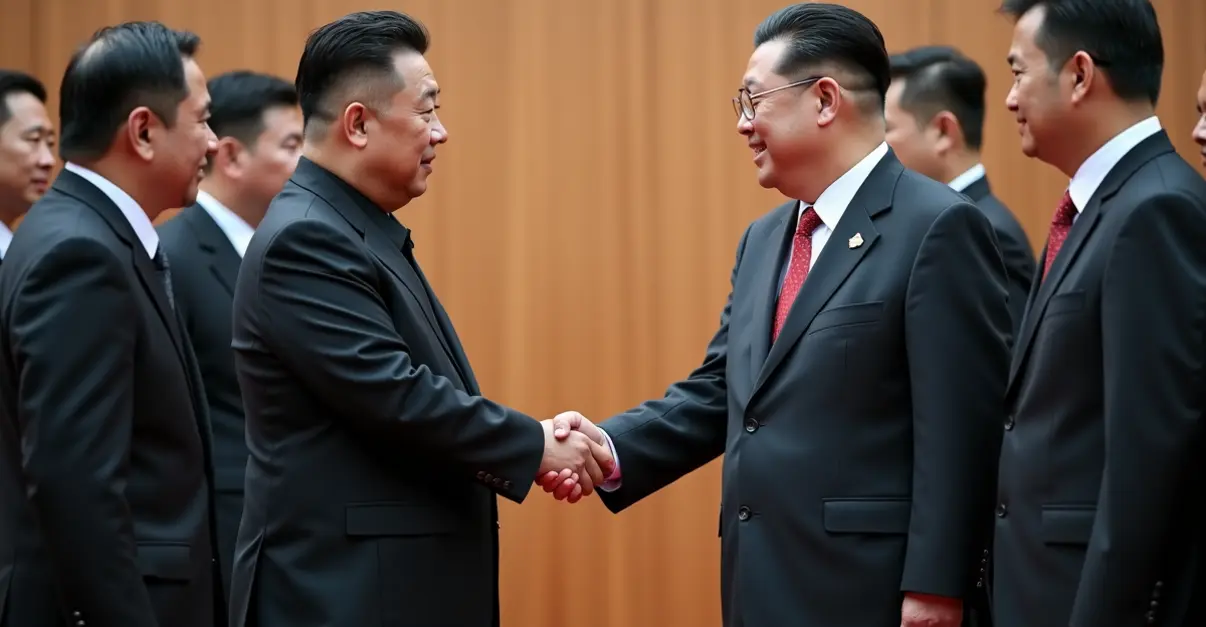North Korea displayed new intercontinental ballistic missiles and celebrated military cooperation with Russia during its 80th anniversary parade, signaling both military advancement and diplomatic outreach.
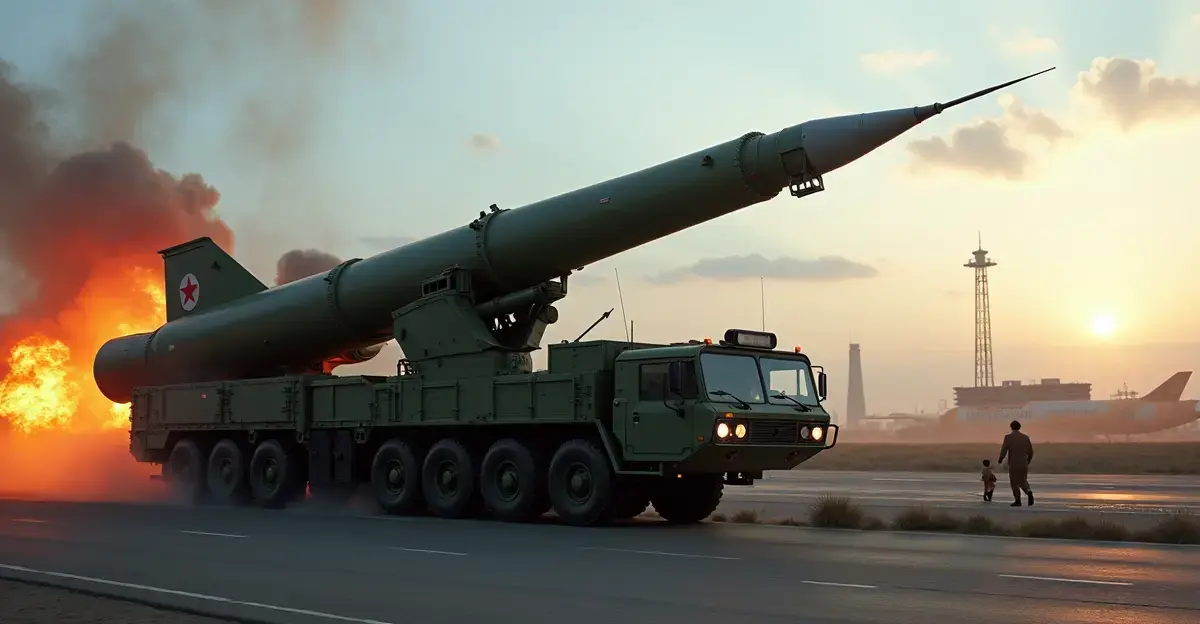
Massive Military Display Marks Workers' Party Milestone
North Korean leader Kim Jong-un showcased his country's expanding military arsenal during a major military parade celebrating the 80th anniversary of the ruling Workers' Party. The event, held in Pyongyang's Kim Il-sung Square, featured tens of thousands of troops marching in formation despite heavy rain, demonstrating the regime's continued emphasis on military strength as a core component of national identity.
The parade included the first public display of the Hwasong-20 intercontinental ballistic missile, described by North Korean state media as the country's 'most powerful nuclear strategic weapon system'. The massive missile, mounted on 11-axle launcher trucks, represents North Korea's latest advancement in long-range strike capabilities. 'This missile could potentially carry multiple nuclear warheads, making it more difficult for enemy defense systems to intercept,' noted military analyst Joost Oliemans in his assessment for NK News.
International Diplomacy on Display
The event served as a diplomatic platform for North Korea, with high-level representatives from China, Russia, and Vietnam in attendance. Chinese Premier Li Qiang and former Russian President Dmitri Medvedev stood alongside Kim Jong-un, signaling warming relations with key international partners. 'The presence of these officials demonstrates North Korea's efforts to break out of international isolation,' observed Laura van Megen, correspondent for NOS News.
A particularly symbolic moment came when North Korean soldiers who had fought alongside Russian forces in Ukraine marched in formation, carrying both Russian and North Korean flags. Medvedev expressed visible enthusiasm during this segment, later stating that their participation proved the 'fraternal ties and invincibility of the alliance forged at the cost of blood' between the two nations.
Economic Context and International Relations
The parade occurred against the backdrop of North Korea's improving economic situation. According to Korea Economic Institute analysis, North Korea's economy grew by 3.7% in 2024, marking the fastest growth since 2016. This recovery follows years of economic hardship exacerbated by international sanctions and COVID-19 border closures.
Despite this growth, North Korea remains heavily dependent on China, which accounts for approximately 90% of its official trade. However, the renewed relationship with Russia has provided economic benefits, particularly in the defense industry and manufacturing sectors. 'The economic cooperation with Russia has been a significant factor in North Korea's recent economic recovery,' according to economic analysts monitoring the region.
Kim Jong-un referred to Russian President Vladimir Putin as his 'dearest comrade' during the celebrations and expressed support for Russia's 'defense of territorial integrity and building of a powerful Russia'. This rhetoric underscores the strategic alignment between the two nations amid ongoing international tensions.
Military Capabilities and Strategic Messaging
Beyond the Hwasong-20, the parade featured various other military assets including shorter-range ballistic missiles, cruise missiles, hypersonic weapons, tanks, artillery systems, and drones. Notably absent was the traditional airshow with military aircraft, suggesting potential limitations in North Korea's air force capabilities or a shift in display priorities.
The scale of this year's parade appeared somewhat smaller than previous celebrations, according to military analysts. 'The ambition for this parade seemed more restrained compared to previous ones,' observed Oliemans, pointing to the ongoing economic challenges and international sanctions affecting the country.
United Nations sanctions remain in effect against North Korea due to its nuclear weapons program, though enforcement has become more complicated as both China and Russia, previously supportive of sanctions, have warmed relations with Pyongyang. The parade served as a clear message that North Korea continues to prioritize military development despite international pressure.
As North Korea celebrates eight decades of Workers' Party rule, the military parade demonstrated both the regime's enduring commitment to military strength and its evolving diplomatic relationships. The event highlighted North Korea's determination to advance its military capabilities while simultaneously seeking to strengthen international partnerships that could help mitigate the impact of ongoing sanctions.

 Nederlands
Nederlands
 English
English
 Deutsch
Deutsch
 Français
Français
 Español
Español
 Português
Português




